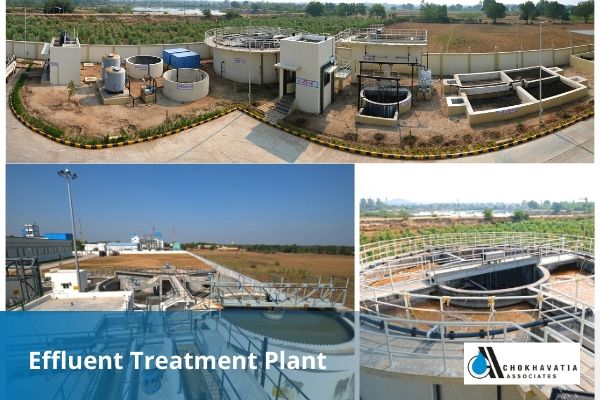Why Does The Dairy Industry Need a Effluent Treatment System?
Unlike many industries, the dairy industry stands at the top of the list in producing industrial waste. The dairy industry process reveals that out of 1 liter to process milk around 2 liters of water is used in the process. That clearly indicates the massive scale of effluents to be treated to improvise operations and comply with environmental regulations.
The List of Effluents that You Must Care to Dispose
Let’s get a bit deeper, and peek into the major effluents discharged in the dairy industry and propose a suitable Effluent Treatment Plant for the dairy industry.
While the industry produces milk, butter, or cheese using processes like pasteurization or homogenization this results in high levels of BOD (Biochemical oxygen demand) and COD (Chemical oxygen demand) that need to be treated before being discharged into the environment. The other common effluents are suspended solids, milk fat, and also dairy generates odors that need to be taken care of.
Every dairy production unit requires such a Dairy Wastewater Treatment Plant that efficiently tackles the unbalanced levels of BOD, COD, suspended and dissolved solids, which leads to safe disposals of industrial waste.

The Effluent Treatment that Actually Works for Dairy Industry
The dairy effluent treatment plant goes through a series of steps:
–> As a first step, the pH level is brought to 8.5 using pH controllers like caustic or acid. Later, with the help of a de-emulsifier, any emulsions are broken down and solids are made to precipitate.
–> The other important steps in the dairy effluent treatment include flocculation and Dissolved Air Flotation. By flocculation, the wastewater is streamed into a slow mix zone where the particles are gathered together into larger ones, to be treated further by Air flotation technique.
–> The dissolved air flotation technique works this way – the air flotation system bubbles are propelled from a Recycle Air Dissolving system that blows the treated effluent, pressurizes it, and dissolves it by means of air.
–> Finally, the batch of sludge is pumped through the filter press and disposed of according to environmental regulations.
In conclusion, the Effluent Treatment System designed specifically for the dairy industry results in inefficient use of resources, reduced operation costs, smooth dairy functions, complying with environmental regulations, and peace of mind.
About Chokhavatia Associates
Chokhavatia Associates have put up more than 38 years of experience with a global client base. Our services in the environmental sector include the concept of commissioning Wastewater Treatment Plants for the industries and Sewage Treatment Plant.Operation and maintenance contracts of sewage/wastewater treatment plants, construction management and supervision including turnkey installation of the complete plant, environmental impact assessment studies and Environmental Audits, design of water supply and sewerage systems for the Townships, Environmental Management Planning, and design of disposal structures. The services in the structural sector are for the structural design of treatment units and overhead tanks, designing of intake well and its construction and supervision, design of bridges, culverts, and ports.
